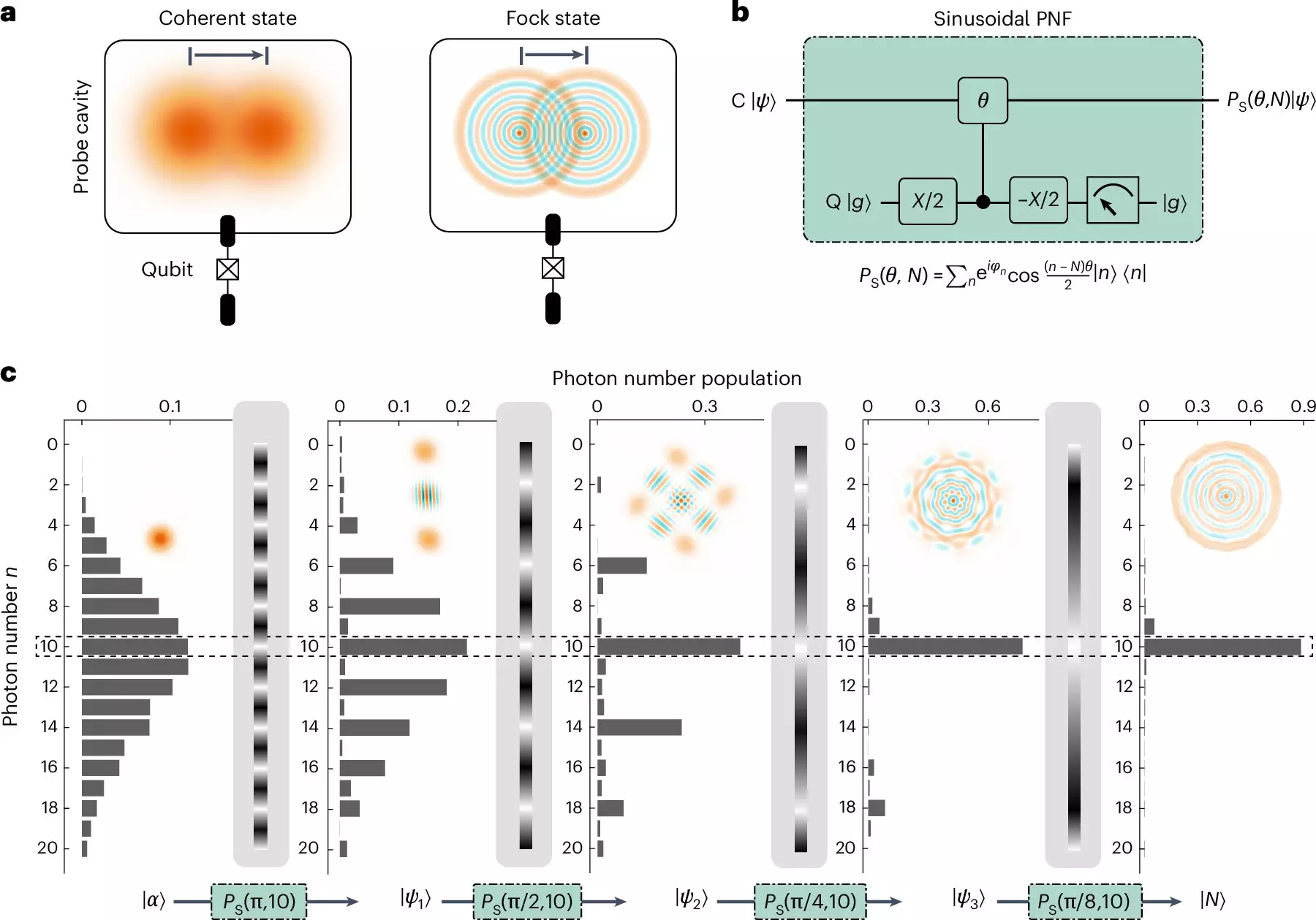The significance of precision in scientific measurements cannot be overstated. High-accuracy data is foundational to advances in various scientific realms, from fundamental physics to cutting-edge technology. Accurate measurements allow researchers to test theoretical predictions, uncover new physical phenomena, and further develop technological innovations. From measuring the gravitational waves to observing quantum states of matter, the pursuit of enhanced measurement techniques continues apace, shedding light on previously unobservable phenomena and enabling new scientific breakthroughs.
Recent advances in the realm of quantum-enhanced metrology have opened exciting pathways for scientists. By harnessing the unique characteristics of quantum systems, researchers can achieve levels of measurement precision unattainable through classical methods. The development of techniques that exploit quantum superposition and entanglement signals a promising new era in measurement science, pushing the limits of what can be observed and understood.
At the forefront of this paradigm shift is the work of researchers at the International Quantum Academy, Southern University of Science and Technology, and the University of Science and Technology of China. Their recent breakthrough, published in *Nature Physics*, introduces innovative methods for implementing quantum-enhanced metrology through the generation of large Fock states containing nearly 100 photons. This profound increase in photon number represents a significant leap over previous methodologies, paving the way for ultrafine measurement techniques.
Conventional metrology has its limits, and those limits are especially pronounced when measuring weak signals or subtle changes in physical systems. The proposed quantum method leverages the interference patterns created by Fock states in superconducting cavities, which are known for their delicacy and sensitivity. As co-author Yuan Xu emphasizes, “The ultrafine interference structural features in phase space offer a heightened sensitivity to small shifts induced by weak microwave fields.” In essence, the interplay of Fock states enables unprecedented precision, laying a foundation for profound discoveries across disciplines.
New Techniques for Fock State Generation
To achieve the generation of large Fock states, the research team developed a dual-photon number filter approach, a novel strategy to enhance precision. This technique incorporates sinusoidal and Gaussian photon number filters to manipulate photon numbers dynamically via an ancilla qubit. By applying a series of conditional rotations and specially designed pulses, the researchers can effectively isolate the desired Fock state while minimizing undesirable photon numbers.
The sophistication of these methods lies in their efficiency. Unlike prior techniques, which may require cumbersome circuit depths proportional to photon numbers, this approach scales logarithmically, thereby streamlining the process of large Fock state generation. According to Xu, this efficiency marks a significant advantage, as it makes practical applications of quantum-enhanced metrology more feasible than before.
The implications of this research extend far beyond theoretical interest. The ability to achieve a metrological gain of 14.8 dB, approaching the Heisenberg limit, signifies a transformative step in precise measurements. Potential applications range from high-precision radiometry to the detection of weak forces and even searches for dark matter. As researchers push forward, the advancements in metrology could yield findings that reshape our understanding of fundamental physics and revolutionize various scientific fields.
Moreover, the versatility of the proposed techniques suggests a broad applicability across different physical systems. This adaptability means that researchers can tailor quantum-enhanced metrology techniques to suit various experimental conditions, thus further enriching the scientific toolkit available to physicists and engineers alike.
As these researchers move forward, they have outlined a two-pronged strategy to enhance their methods further. The first goal centers around improved coherence in quantum systems, which will bolster the fidelity of measurements. Additionally, they aim to expand the capacity for generating Fock states beyond current limits, enriching their metrological potential. With every step taken, the horizon of precision measurement expands, opening doors to further exploration, discovery, and innovation.
The road ahead in quantum-enhanced metrology appears bright, characterized by ever-increasing capabilities. As foundational research feeds into practical applications, and new methodologies emerge, the pursuit of precision in measurement becomes a beacon for scientific progress. Ultimately, the efforts of this research team and others in the field exemplify the potential of seamlessly merging theory with experimental practice, enabling a future in which the boundaries of knowledge are pushed ever further. A new chapter in precision measurement is just beginning to unfold.

